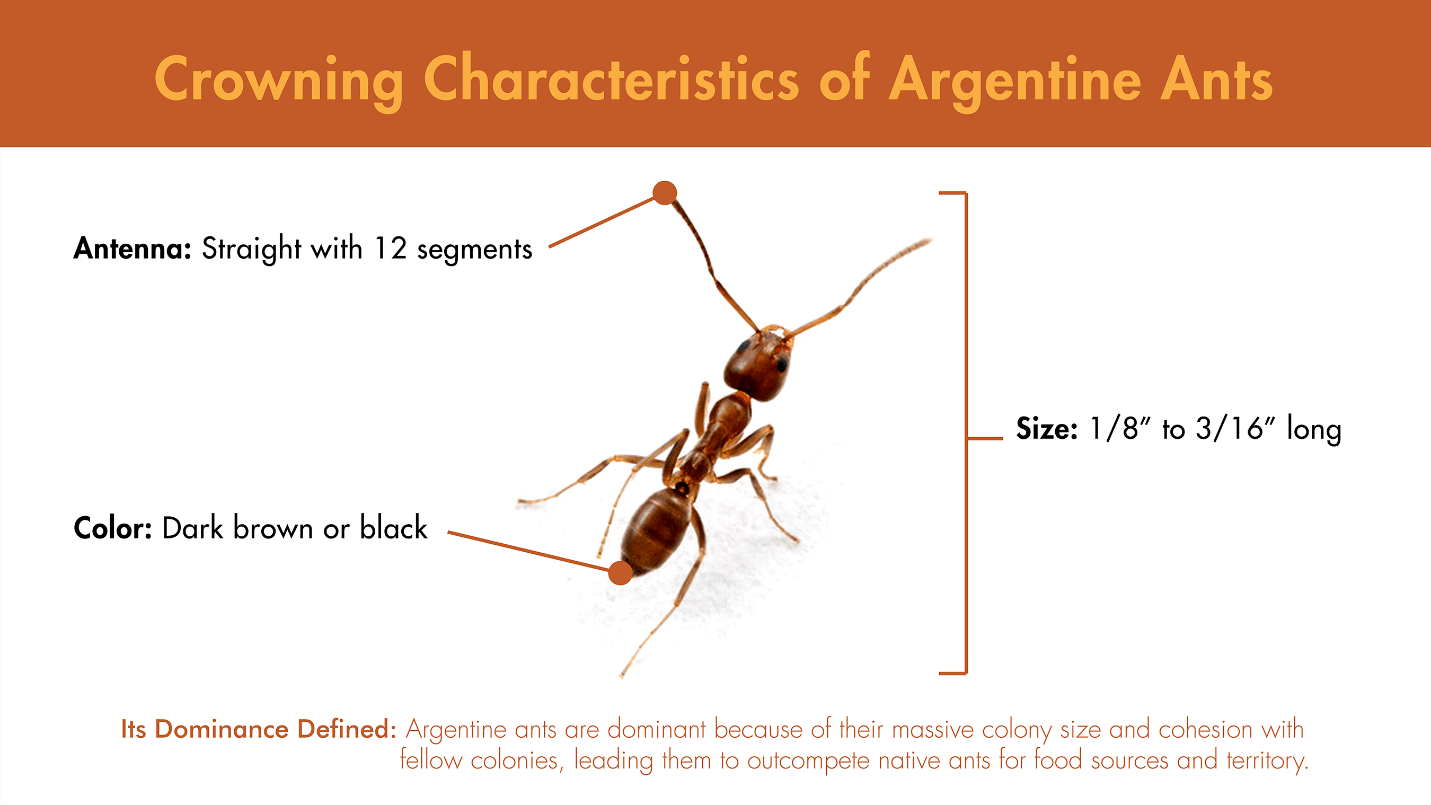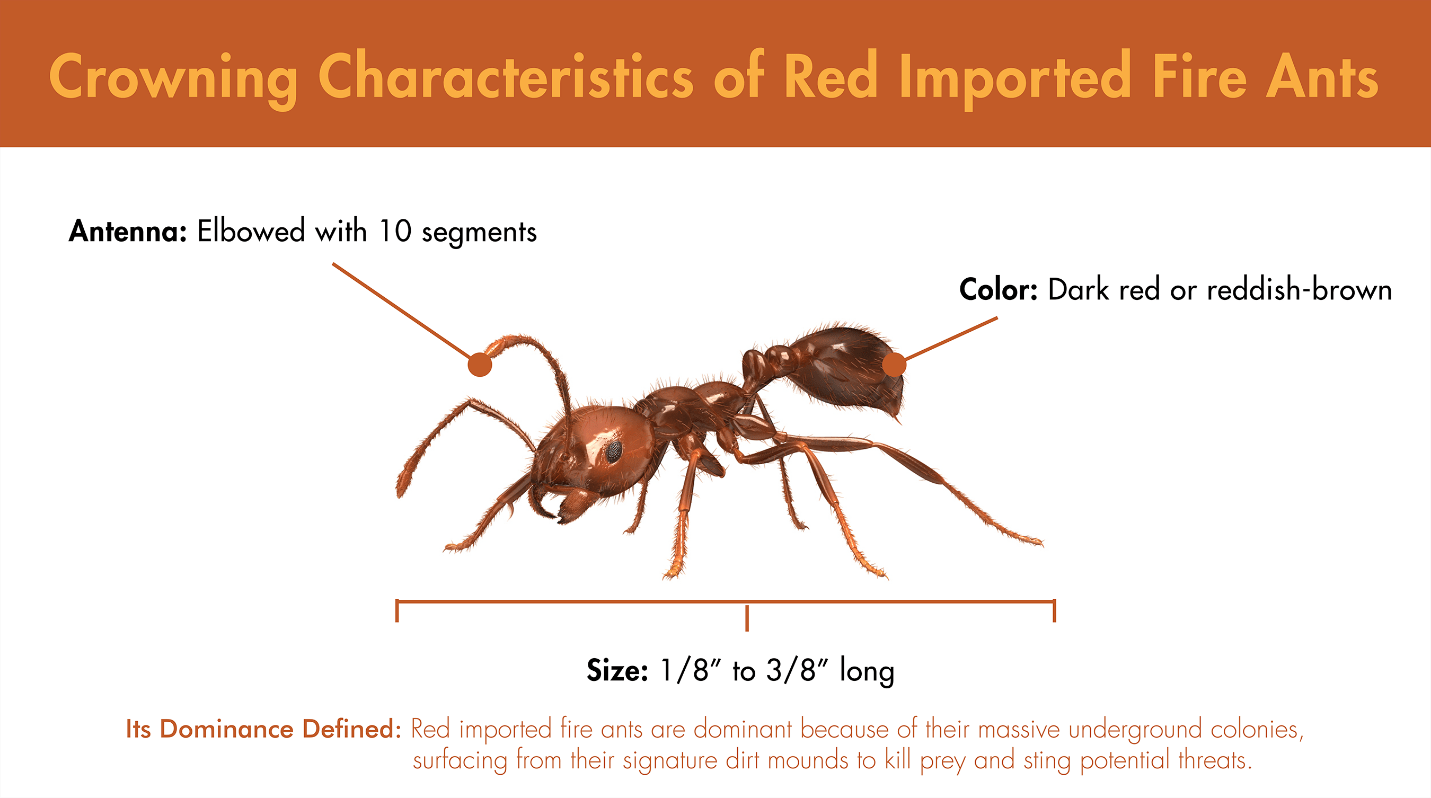How Ants Became Southern California’s Number One Nuisance Pest
Ant Control and Extermination ArticlesPest Control and Extermination Tips
Ants are the worst pest in the world, and we’re not exaggerating when we say that. Homeowners say so, listing the insects before cockroaches, spiders, and bed bugs. But even though ants don’t spread diseases or bite like other common pests, they’re still a major nuisance. With colonies that are not only massive, but also tightly knit, it’s no wonder they’ve made it all over the globe – from Croatia to China to our home state of California. Here’s how ants have become the top pest everywhere, including our insect-ridden region.
What Makes Ants Superior by Nature
Ants are a superior pest by nature because, quite simply, there are so many of them. With impressive reproduction rates, their sheer numbers help them outnumber any other insect around. Many ant colonies house multiple queens who lay up to 1,000 eggs per day. It makes sense, then, that their populations come to dominate the areas in which they reside. Colonies can contain thousands or even millions of ants – numbers that most pests simply can’t match.
The second big reason ants have become the top pest problem is their social makeup. Other pests like spiders typically live in isolation, while ants are “social insects” that work together as one unit. It’s not uncommon to see ants protect one another or even give their lives for their colony. When starting a new nest, colonies send out scouts that look for a food source and often die in the process. They leave behind pheromones that trail all the way back to the nest. This provides the colony a direct route to a tasty meal.

The Southern California Ant Takeover
Ants have taken advantage of travel to make it to virtually every corner of the Earth. The more we become a globalized society, the easier it is for ants to reach commercial and travel hubs like Southern California via cargo ships, trucks, and even airplanes. It’s hard to imagine tiny ants surviving at 30,000 feet, but it’s indeed possible. In our region, there are two foreign species – often called “tramp ants” – that have quickly taken over: Argentine ants and red imported fire ants.
Rather than the invading ants having to adjust to new environments, we’ve already done the work for them, adjusting ourselves with green lawns, food-filled buildings, and interiors with plenty of hiding places. Southern California used to be full of odorous house ants and harvester ants, but now sees Argentine ants outcompete them in crowded cities while red imported fire ants have come to dominate the desert.
In the City: Argentine Ants
Argentine ants may not sting like fire ants, but they make up for it with their overall dominance as a species. The reason they’ve replaced many native ants in our region is because:
- They’re prolific reproducers – Argentine ants are set up to outnumber other ants, with more queens per colony and, thus, more offspring. They take the term “strength in numbers” to a whole new level, often winning physical battles, too.
- They’re not aggressive toward their own – Unlike other ants, Argentine ant colonies work together, often joining forces in one “supercolony.” It’s even rumored that there’s an Argentine supercolony in Southern California.
At Lloyd Pest Control, nearly 95 percent of ant infestations we deal with in the city involve the Argentine species. They’re attracted to overwatered lawns and tropical plants, which offer an environment like their native Amazonian region of South America.
Argentine ants prefer to nest outdoors, looking for places in trees, soil, or under logs. From there, they then trek indoors in search of food, bringing it back to the nest with pheromone trails as their arsenal.

In the Desert: Red Imported Fire Ants
In the Southern California desert (notably, the area stretching from Palm Springs to Coachella), fire ants reign supreme. Two species call the desert home: the native fire ant and the invasive fire ant, also called the red imported fire ant.
Both species crave dry environments – hence, they’re both fond of the desert. But it’s the red imported fire ant that’s more concerning because it’s much more aggressive.
Red imported fire ants’ colonies, like Argentine ant colonies, are bigger than most ant colonies – with populations often numbering in the millions. They live underground, coming to the surface in search of nearby food sources.
Unlike Argentine ants, they spend all their time outdoors, seeking nearby insects, honeydew, and vegetables to satisfy their omnivorous appetite. Be wary of finding the ants near you – their large dirt mound nests are everywhere from backyards to parks to and baseball fields.
A good reason to be wary of fire ants is their stinging ability, which, added to their massive numbers, makes them a big health threat. Taking care of a nest sooner rather than later is key to avoiding a painful encounter.
If threatened, the ants will send out an alarm pheromone, quickly pouring out through the opening of their nest to attack you relentlessly. They don’t sting once, but over and over – there have been instances of people getting stung thousands of times. Ouch!

How to Fight Back Against Ants
While ants are the world’s number one pest nuisance for a reason, there are steps you can take to stop their takeover. To prevent Argentine ants from infesting, do the following:
• Take away the food sources by wiping up crumbs and keeping food in sealed containers.
• Make it harder for them to get indoors by sealing cracks and voids and keeping bushes and trees away from your structure.
• Prevent attracting them to your yard in the first place by not overwatering your lawn.
When it comes to fire ants, there’s not as much you can do to prevent infestations. Fortunately, they’re only found outdoors, so the best thing you can do is keep an eye out for their nests once they pop up. If you spot one on your property, the first thing you should do is call in the professionals for safe ant control.
Professional Ant Control in Southern California
At Lloyd Pest Control, we use two different methods for both Argentine and fire ants: insecticides (for smaller colonies) and baits (for larger colonies). Baits are taken back to the nest by workers, and within a few days, they take down an entire colony – including the queens. Contact us for thorough ant control in Southern California today.






